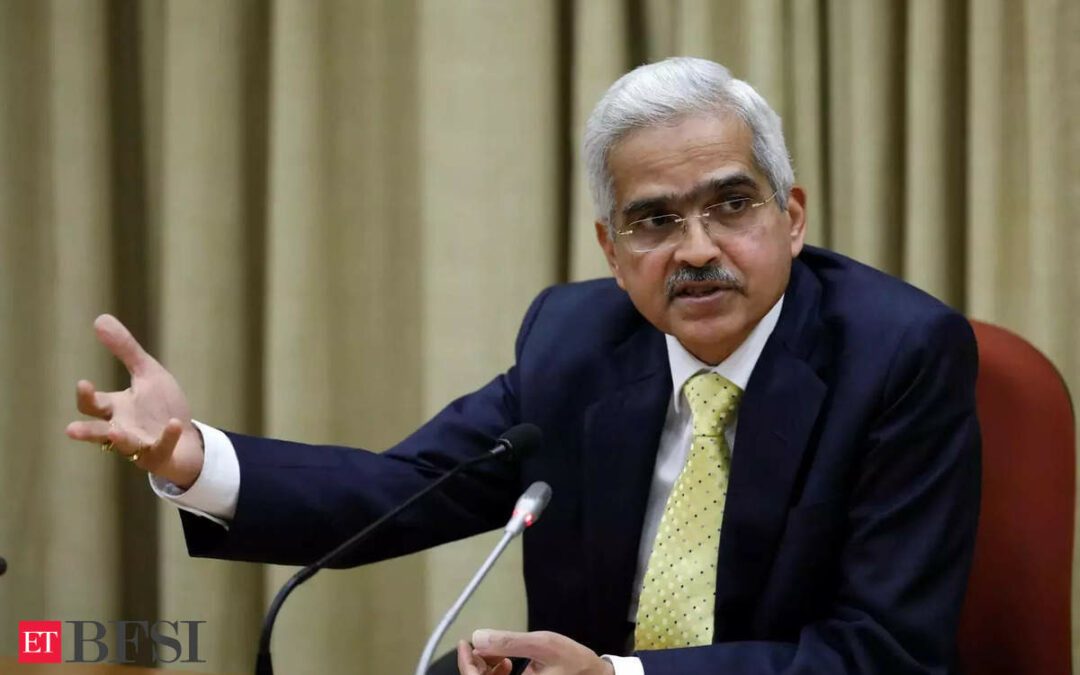Even as the Reserve Bank of India’s (RBI) rate-setting panel kept rates and stance unchanged for the sixth consecutive meeting, economists believe the central bank is hinting at delinking its stance with liquidity management.
Although the announcements were largely in-line with market expectations, some expected a change in policy stance given the easing core inflation and a ‘fiscally prudent’ Interim Budget announced by Finance Minister Nirmala Sitharaman on February 1. The Monetary Policy Committee (MPC) opted with a 5:1 majority to continue with the ‘withdrawal of accommodation’ stance.
RBI Governor Shaktikanta Das said that the MPC’s policy stance is in terms of interest rate.
ALSO READ: RBI MPC highlights: From Das and co’s status quo to a likely alternate for OTPs
“Let me reiterate that our policy stance is in terms of interest rate which is the principal tool of monetary policy in the current framework. Our stance of withdrawal of accommodation should be seen in the context of incomplete transmission and inflation ruling above the target of 4 per cent and our efforts to bring it back to the target on a durable basis,” Das said as he announced policy decisions.
While briefing the media after the policy announcement, the central bank governor said, he can’t comment on pre-requisites for a change in stance as times are very volatile.
What is the RBI hinting at?
The RBI’s moves to maintain liquidity stability has taken centre stage as analysts see it as the central bank’s preferred method to push up market interest rates. RBI since Friday carried out liquidity operations which has drained out Rs 92,100 crore after injecting cash into the system.
Das said on Thursday that liquidity conditions are being driven by exogenous factors, which he expects to correct, aided by RBI’s market operations.
Economists said the RBI is likely hinting at delinking the stance with liquidity management.
“They (RBI) seem to view durable liquidity being more comfortable and the current liquidity deficits being the result of more frictional factors that will be managed through fine-tuning operations,” said Sakshi Gupta, principal economist at HDFC Bank.
ALSO READ: RBI Monetary Policy at a Glance: Here’s your quick guide to know all about MPC policy
Bond yields dipped earlier on Thursday morning as some bet on a change in stance to ‘neutral’.
“RBI has effectively addressed emerging concerns around continued high systemic liquidity deficit. The deficit since December is due to a confluence of seasonal and ad-hoc macro factors, and should ease on a sustainable basis over the next 2-3 months,” said Debopam Chaudhuri, Chief Economist at Piramal Group.
RBI’s rate transmission worries
In December, retail inflation in India hit a four-month high at 5.9 per cent, primarily driven by a surge in food prices. Yet, core inflation dropped below the 4% threshold for the first time in four years.
The MPC paused for six consecutive meetings after raising rates by 250 bps. While inflation has cooled from post-pandemic highs, it still remains above the RBI’s median target of 4 per cent.
“MPC feels liquidity management is the way forward till consumer inflation is aligned to the RBI’s medium-term target of 4%,” said Dharmakirti Joshi, Chief Economist, CRISIL.
Analysts do not see any rate hikes until the August meeting of the MPC.
“Broadly the policy left little room of a policy pivot in the near term and the balance of risks seem to be tilted towards a rate cut happening later than what the market is currently expecting. We see a low probability of a rate cut happening before the August policy,” HDFC Bank’s Gupta said.










